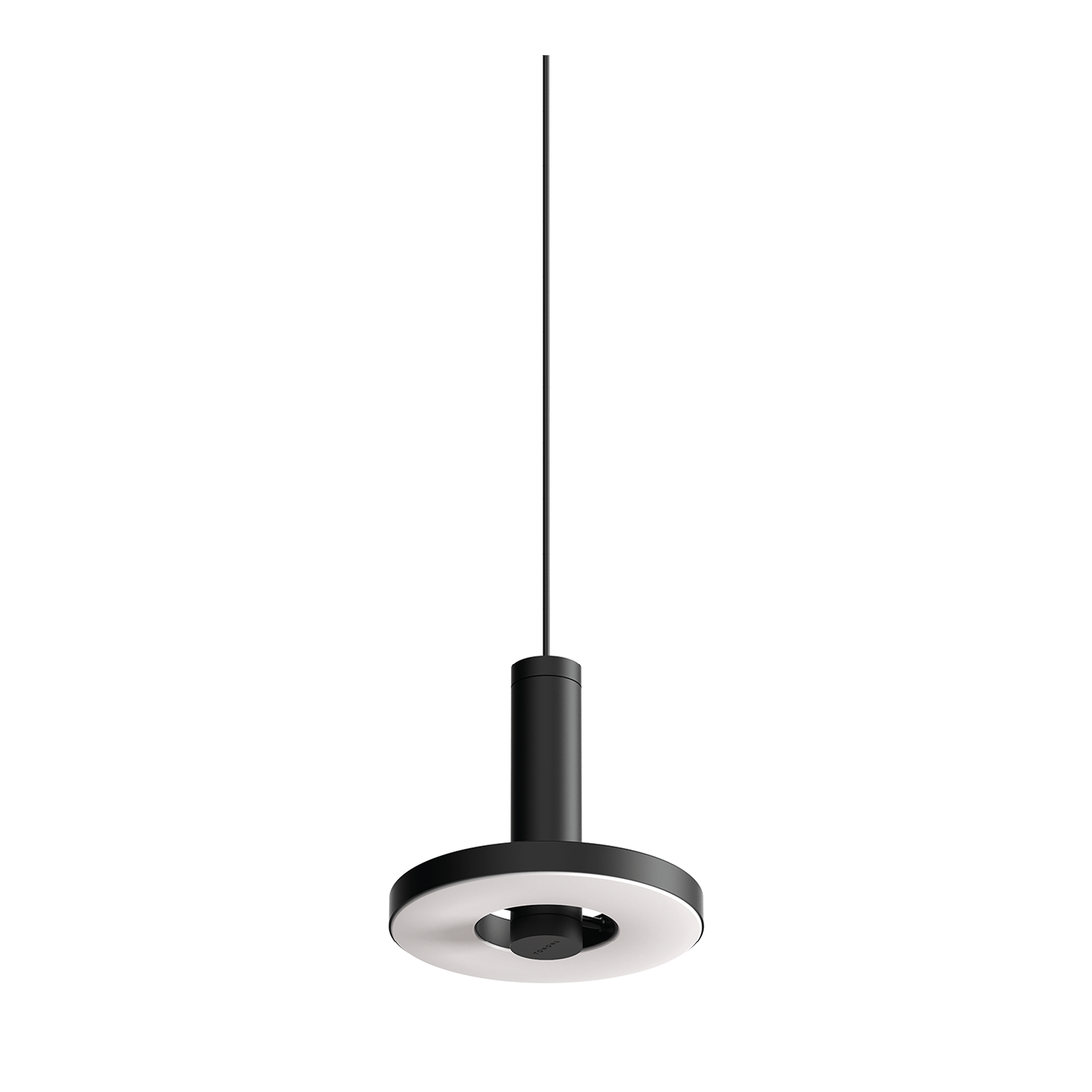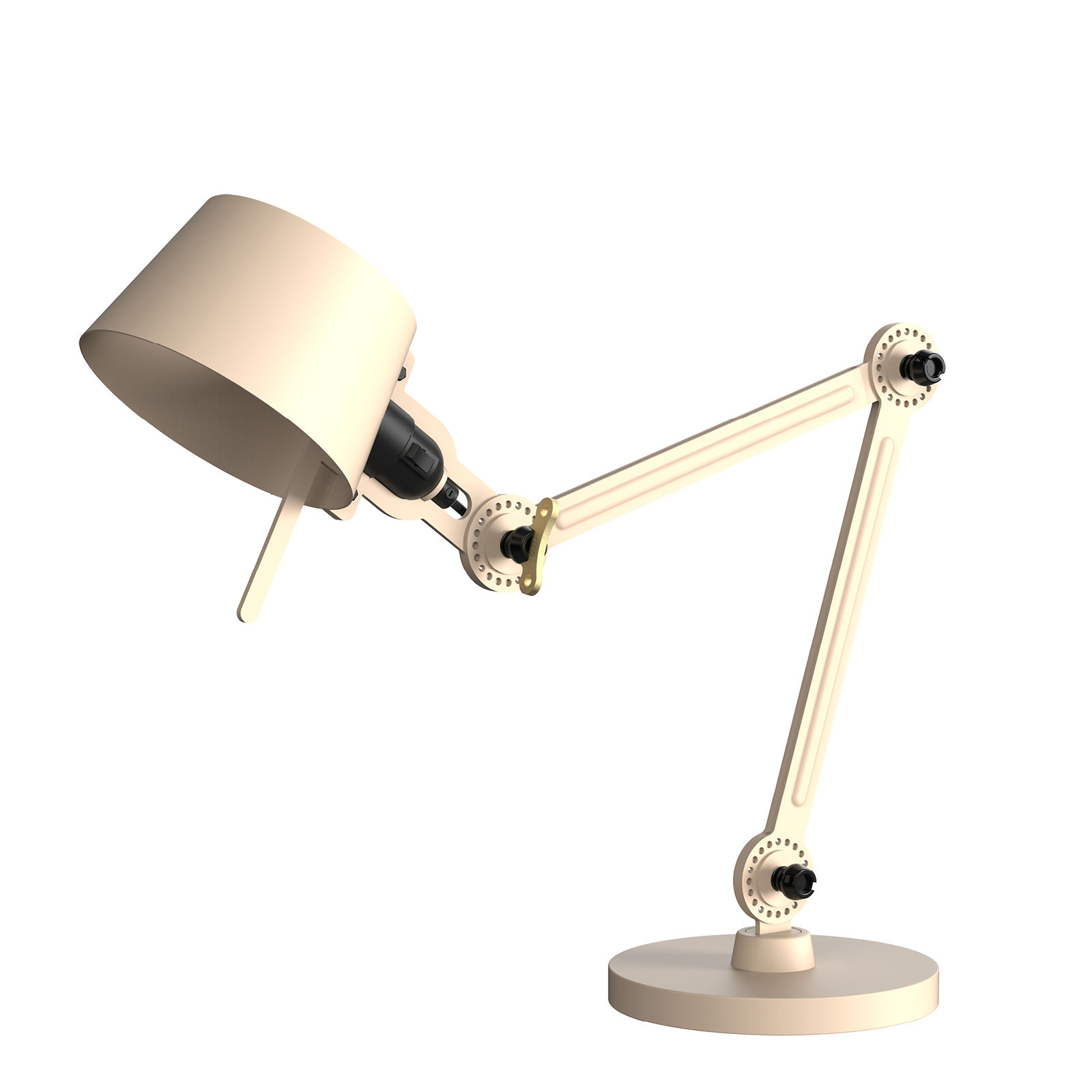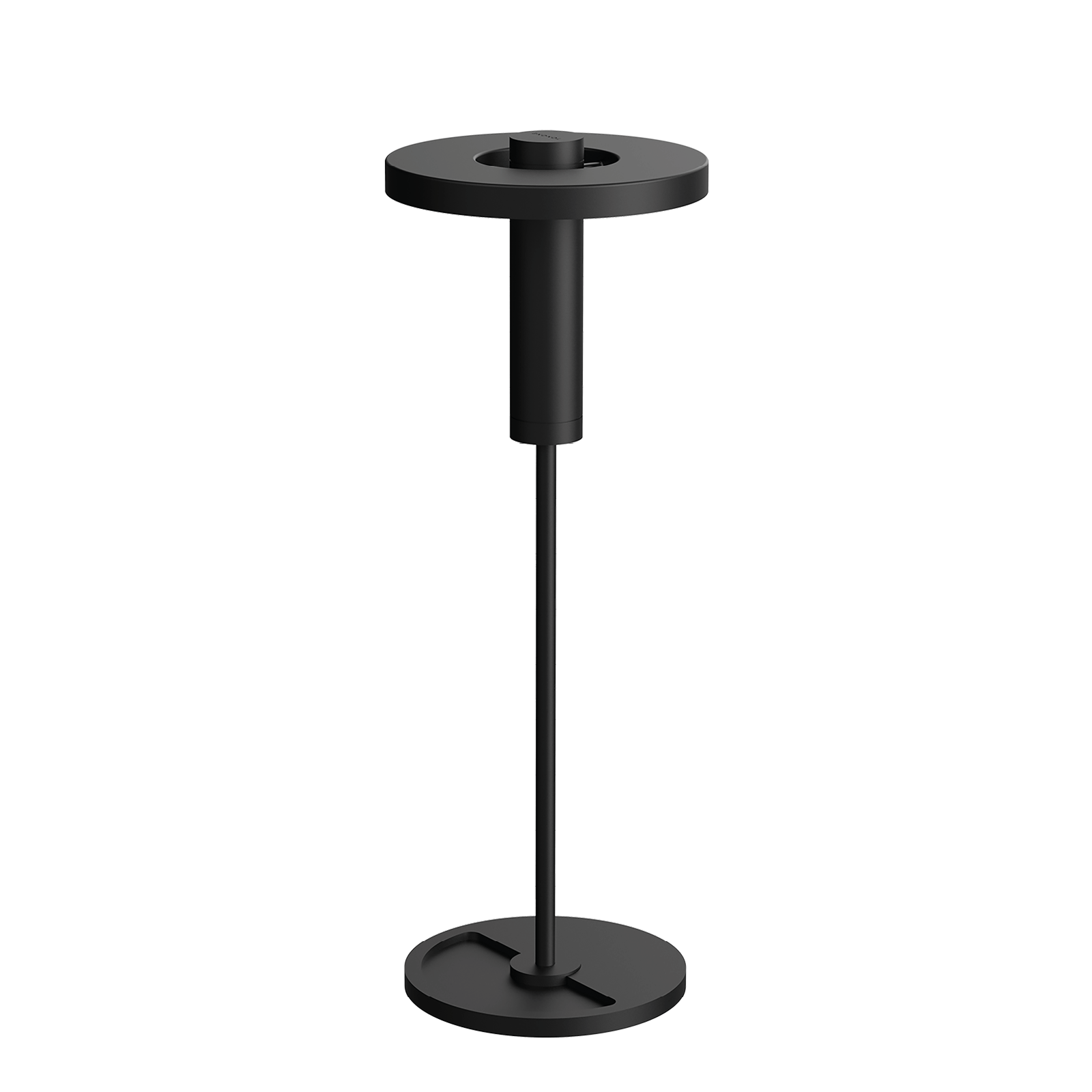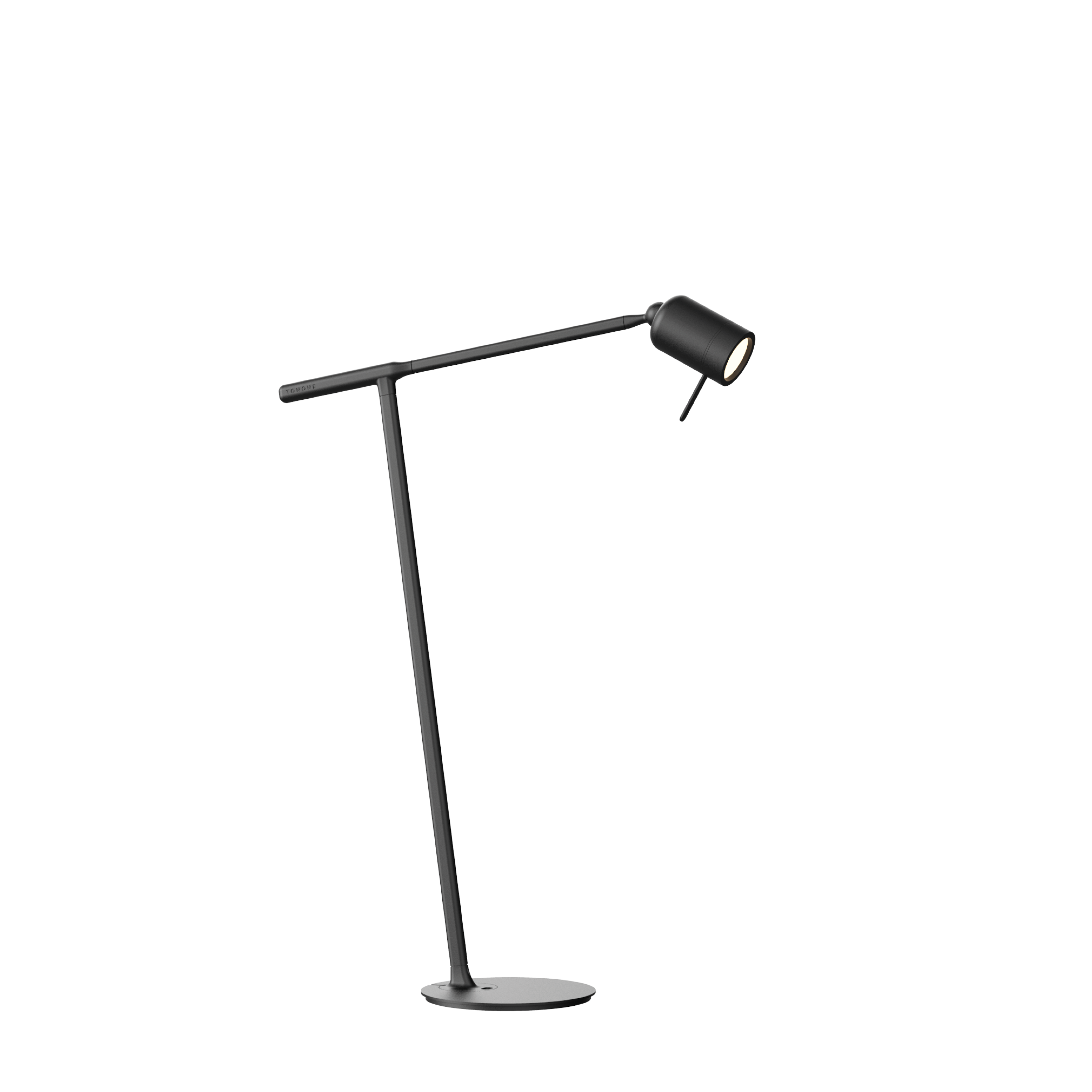
Creating a lighting plan for the office in 5 steps
A lighting plan for the office optimises lighting for productivity and comfort. In five steps, you analyse the room, determine the lighting needs, choose suitable lighting, ensure energy savings and add mood lighting. This ensures a well-lit workplace that meets NEN standards and is energy-efficient. By following these steps, you create a functional and pleasant office environment.
Why is an office lighting plan important?
An office lighting plan is crucial for optimal workplace lighting, which increases productivity and prevents health problems. It is an expert design that determines the placement, intensity and colour of lighting, tailored to the functions of the room. A good lighting plan can transform a gloomy office into a bright, stimulating environment, preventing eye strain and headaches and increasing alertness and efficiency.
Step-by-step plan for creating an office lighting plan
A good lighting plan is important to create a productive and healthy working environment. Office lighting must comply with specific NEN standards, such as NEN-EN 12464-1:2011, to ensure a safe and comfortable workplace. By following a well thought-out lighting plan, you prevent fatigue and increase employee well-being. Here is a 5-step plan to achieve an expert lighting plan.
Step 1: Make a floor plan of the office
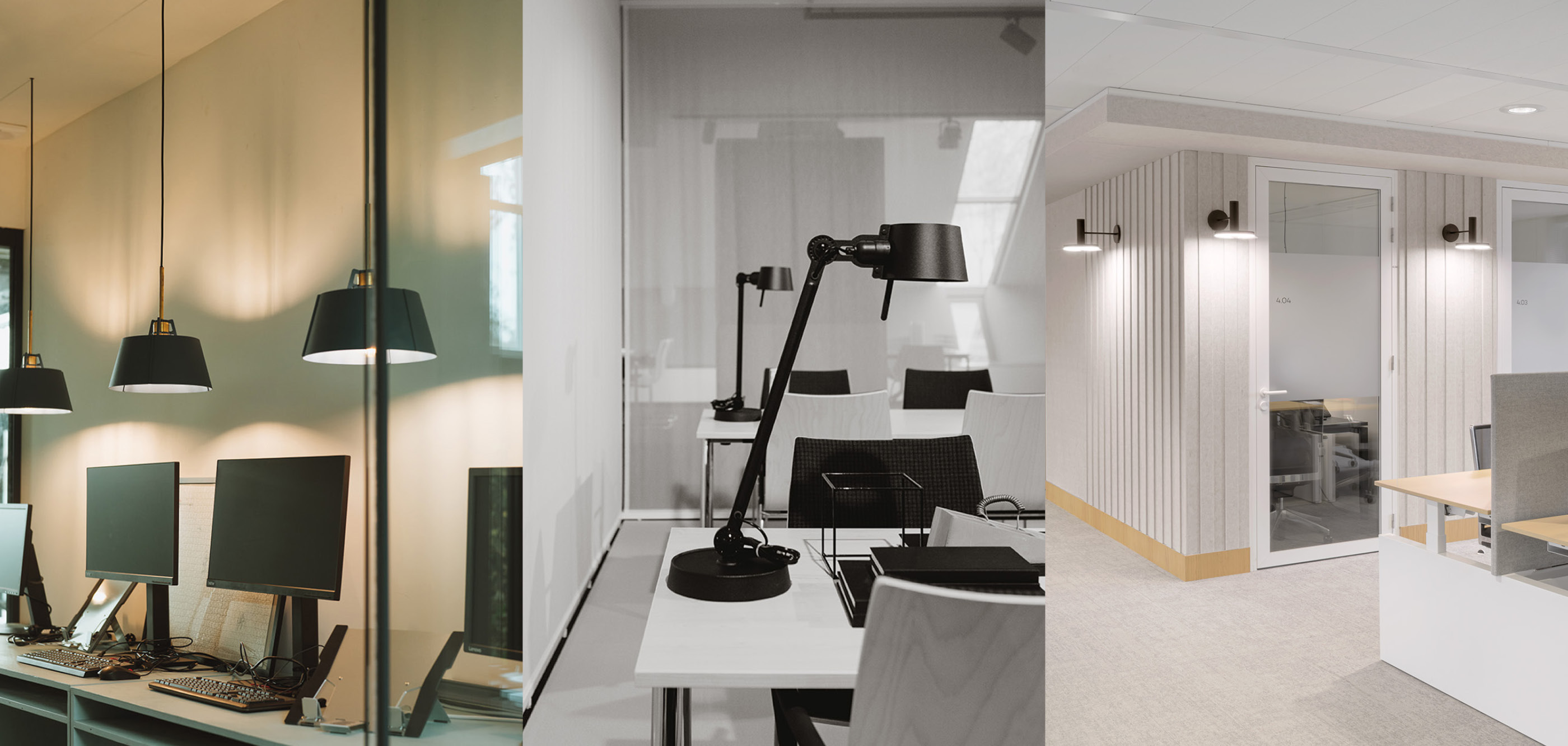
Step 2: Consider the connection points
Determine the locations of sockets, switches and any ceiling or wall boxes. Provide enough connection points in strategic locations to install lighting efficiently without extra cabling. Consider placement of desks and meeting rooms for user-friendly operation.
Step 3: Adopt ideal office lighting guidelines
For offices with monitor workstations, illuminance levels between 200 and 750 lux are ideal, with NEN standards recommending 500 lux. Provide general lighting that is evenly distributed to avoid sharp contrasts. A colour temperature of 4000K is ideal. Also take into account sufficient daylight to optimise artificial lighting.
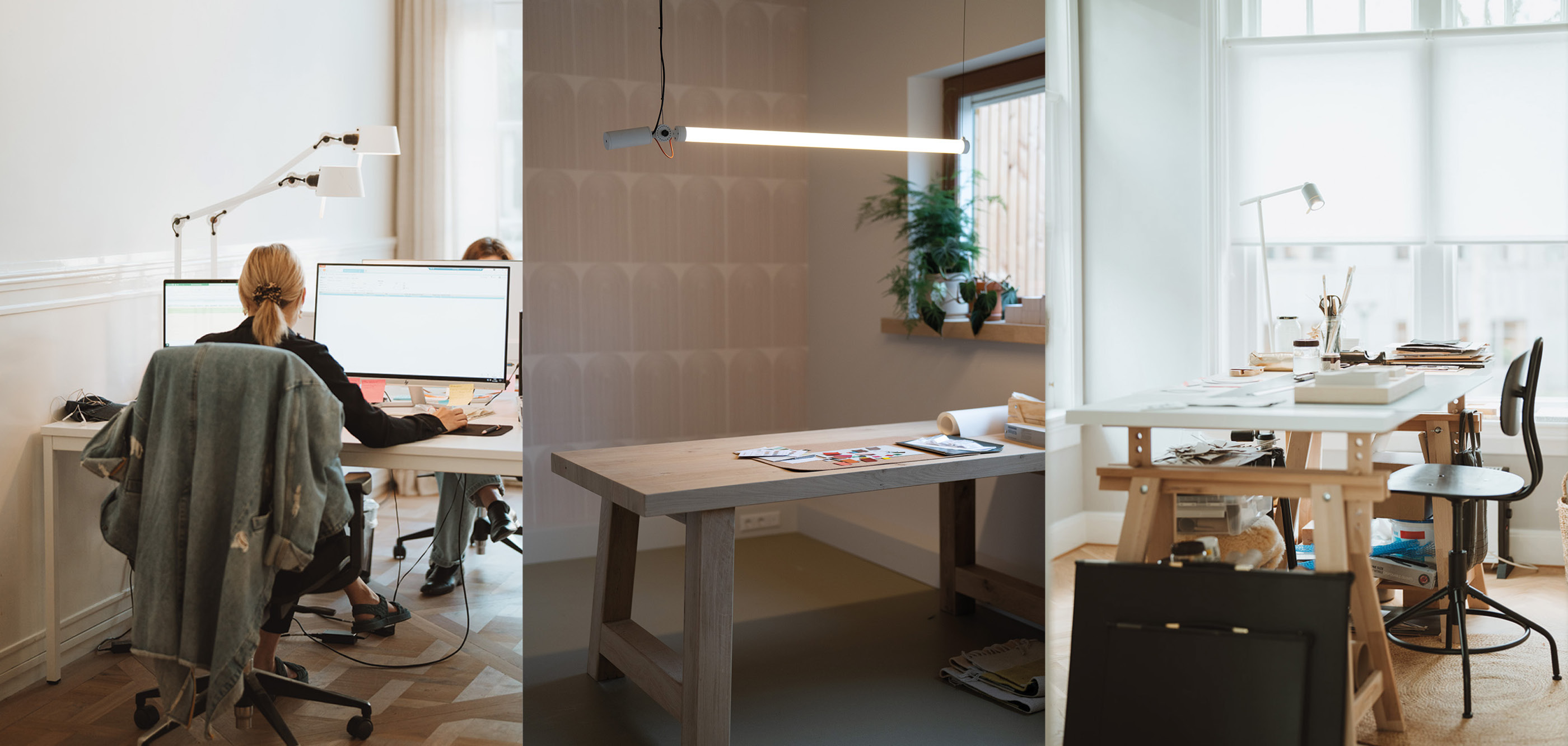
Step 4: Save energy by using LED lighting
LED lighting is energy-efficient and environmentally friendly, with a longer lifespan and lower costs than traditional bulbs. By incorporating LEDs, you reduce energy consumption and contribute to a more sustainable working environment.
Step 5: Add extra mood lighting to your lighting plan
In addition to functional lighting, mood lighting is valuable for a pleasant working environment. Unique wall lights from Tonone can enhance the atmosphere and create a cosy feel. Make sure mood lighting accentuates the space without sacrificing functionality.
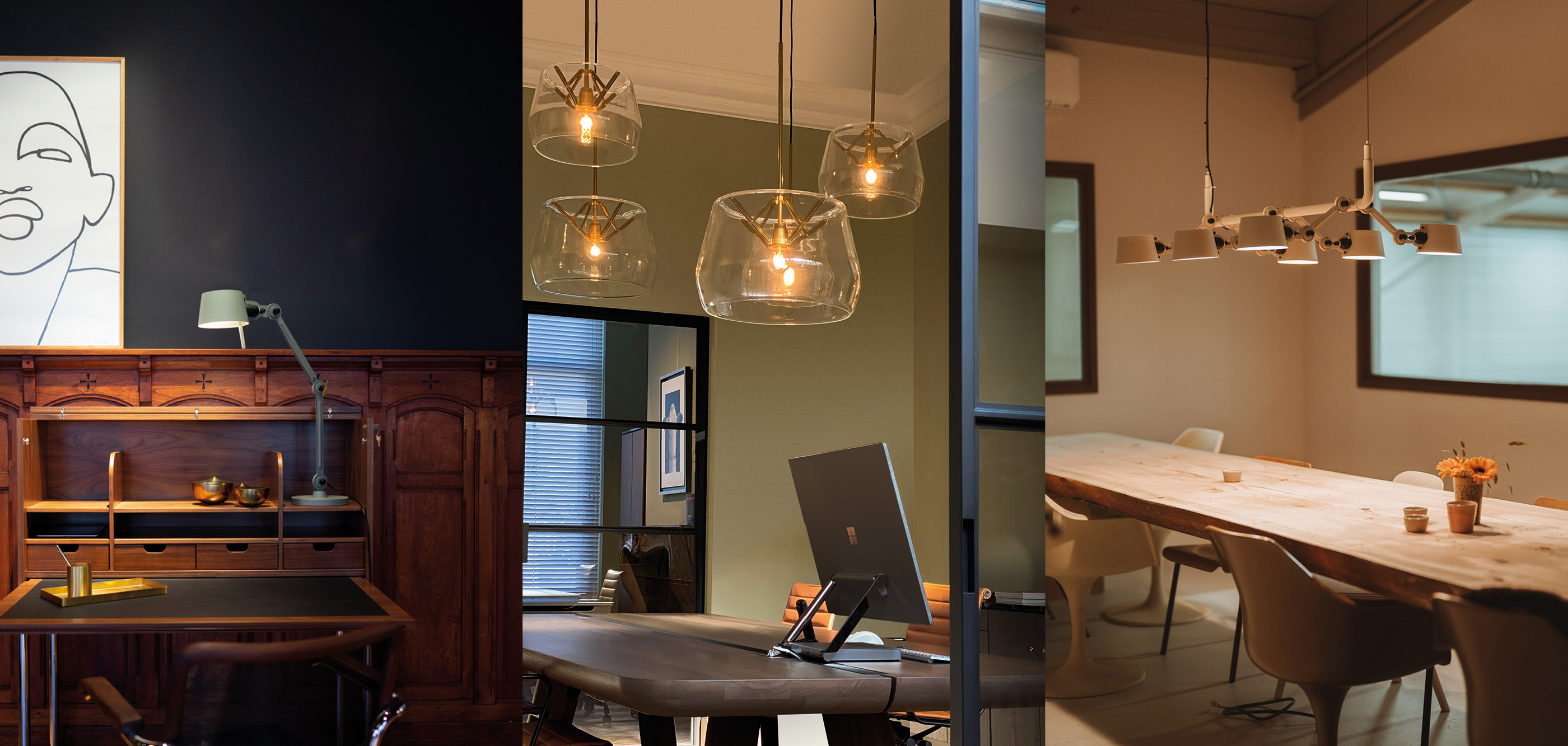
What does a complete lighting plan for the office look like?
A complete lighting plan for the office includes:
1. Floor plan: the layout of the room with indications for workstations and meeting rooms.
2. Lighting connections: Locations of sockets and switches for lighting.
3. Lighting: Specifications and placement of lighting fixtures, including lumen output and colour temperature.
The best lamps selected for the office
For modern offices, Tonone's Beads, ONE and Mr Tubes lamps are popular choices as workplace lighting. These lamps fall under office LED lighting. In addition, the Bolt collection offers seven different models of desk lamps.
Tonone Bolt
The Bolt collection offers seven variants of desk lamps: large, small, with 1 or 2 arms and with a base or clamp. In addition, the collection is available in 11 colors, such as Smokey Black and Pure White, as well as striking colors including Sunny Yellow, Striking Orange and Ice Blue. So there is always a desk lamp to match your workplace. The open shade not only illuminates your desk, but also shines light upwards, creating a pleasant atmosphere.
The Bolt collection also offers suitable pendant lamps that are ideal for above a conference table. The Bolt Pack Pendant is available in different sizes, depending on what fits within the space and size of the table.
Tonone Beads
The Beads collection offers various models, such as table lamps and wall lamps, which are ideal as workplace lighting. The dimmable Beads lamps, with rotating and tilting LED ring, are a versatile solution for both office spaces and meeting rooms. They offer a light warmth of 2100K to 3000K (dim to warm).
Tonone Mr. Tubes
The Mr. Tubes pendant lights spread uniform light over a wide area, making them ideal for above workstations. The dimmable light source allows you to adjust the brightness to your liking.
Tonone ONE
Tonone ONE + desk is a versatile desk lamp that you can easily take anywhere. You can direct ONE where you need the light: up to illuminate the whole room or down for targeted work lighting.
How many lamps do you place per m2 in the office?
In the office, you typically use 300 to 500 lumens per square metre. For an office space with a total light output of 10,000 lumens, you need around 20 to 33 lamps, depending on the light output per lamp. This number varies with the size of the room and the desired brightness.
How to prevent flickering lights in the office?
To prevent flickering LED lamps, use high-quality LED drivers that minimise flickering. Make sure the lamps are installed correctly and are compatible with dimmers. Ensure proper power supply and avoid overloading electrical circuits.
Create a lighting plan for other locations
For a home lighting plan, start by analysing the function of each room and making a floor plan. Choose the right lighting for general, task and mood lighting, consider energy-efficient LED bulbs and ensure the right colour temperature and intensity.
For more details, visit our page on making a lighting plan.




